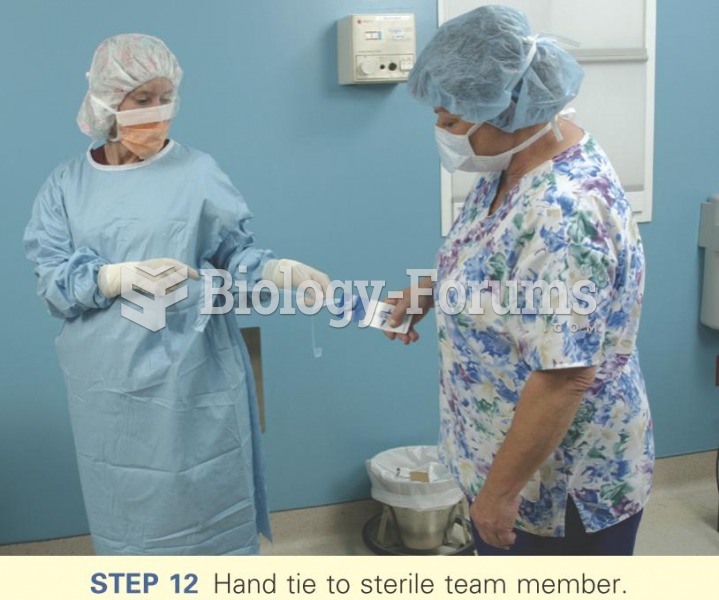Answer to Question 1
ANS: C
In the Working phase, there is the development of a contract or plan of care to achieve identified patient goals; implementation of the care plan or contract; collaborative work among the nurse, patient, and other health care providers, as needed; enhancement of trust and rapport between the nurse and the patient; reflection by the patient on emotional aspects of illness; and use of therapeutic communication by the nurse to keep interactions focused on the patient. In the Orientation phase or Introductory phase, introductions are made, establishing professional role boundaries (formally or informally) and expectations, and clarifying the role of the nurse. Identifying the needs and resources of the patient through observing, interviewing, and assessing the patient, followed by validation of perceptions. also occur in this phase. Termination involves alerting the patient to impending closure of the relationship, evaluating the outcomes achieved during the interaction, and concluding the relationship and transitioning patient care to another caregiver, as needed.
Answer to Question 2
ANS: D
Termination involves alerting the patient to impending closure of the relationship, evaluating the outcomes achieved during the interaction, and concluding the relationship and transitioning patient care to another caregiver, as needed. The Working phase involves the development of a contract or plan of care to achieve identified patient goals; implementation of the care plan or contract; collaborative work among the nurse, patient, and other health care providers, as needed; enhancement of trust and rapport between the nurse and the patient; reflection by the patient on emotional aspects of illness; and use of therapeutic communication by the nurse to keep interactions focused on the patient. In the Orientation phase or Introductory phase, introductions are made, establishing professional role boundaries (formally or informally) and expectations, and clarifying the role of the nurse. Identifying the needs and resources of the patient through observing, interviewing, and assessing the patient, followed by validation of perceptions. also occur in this phase.







